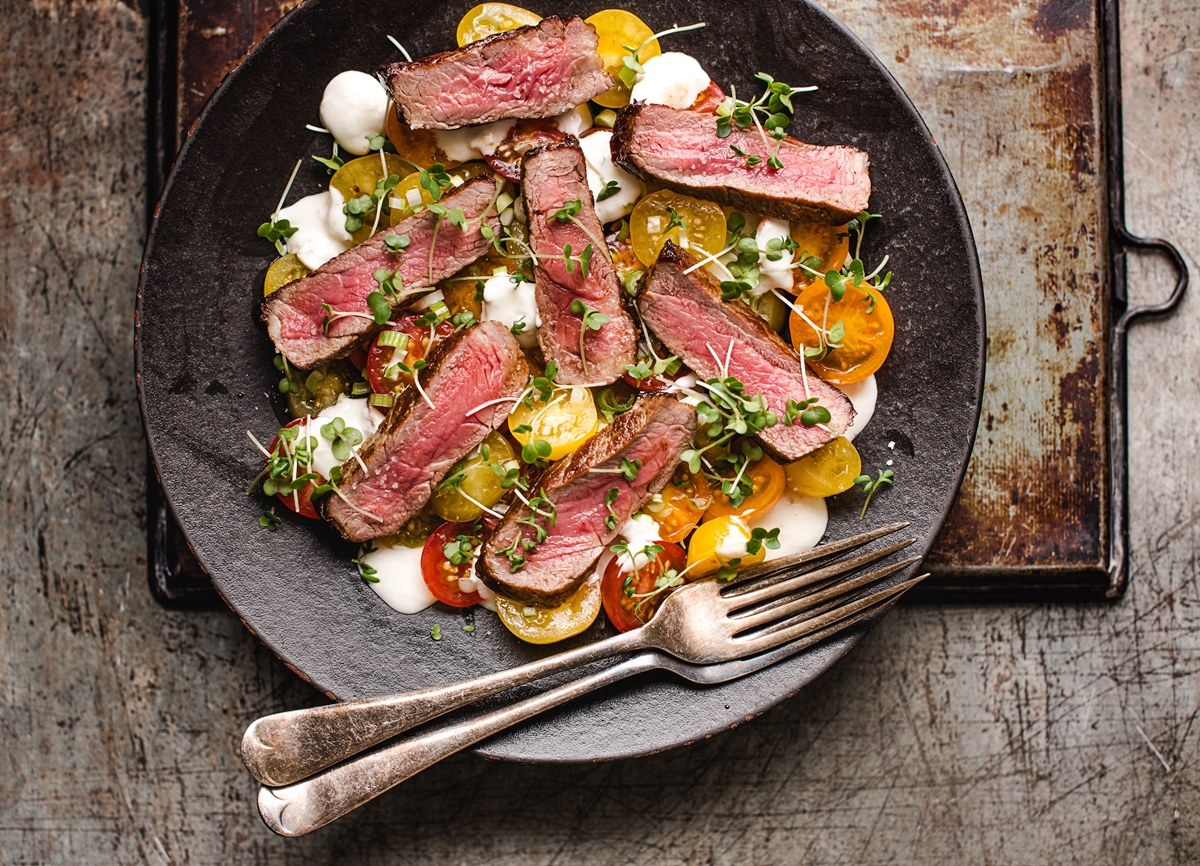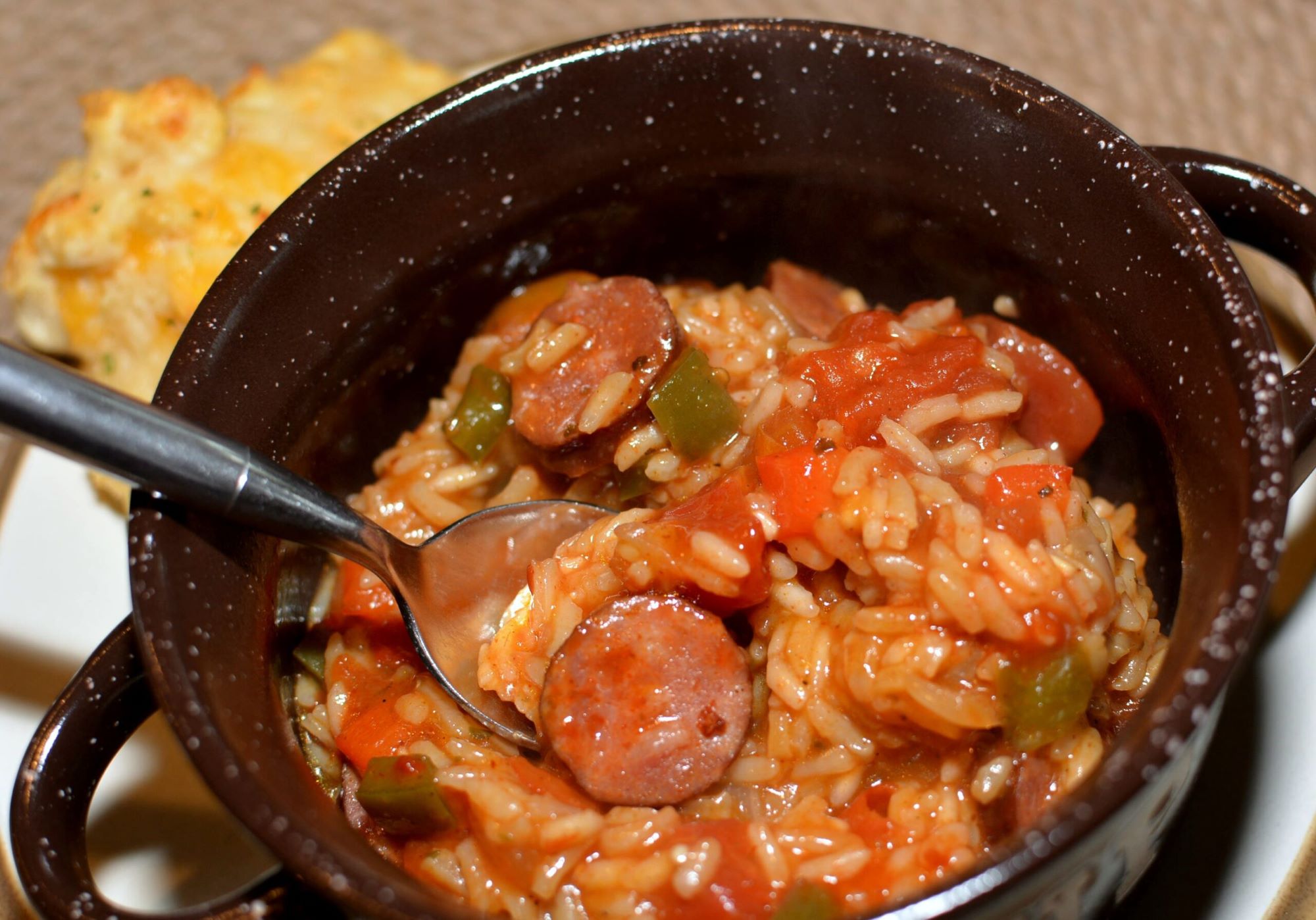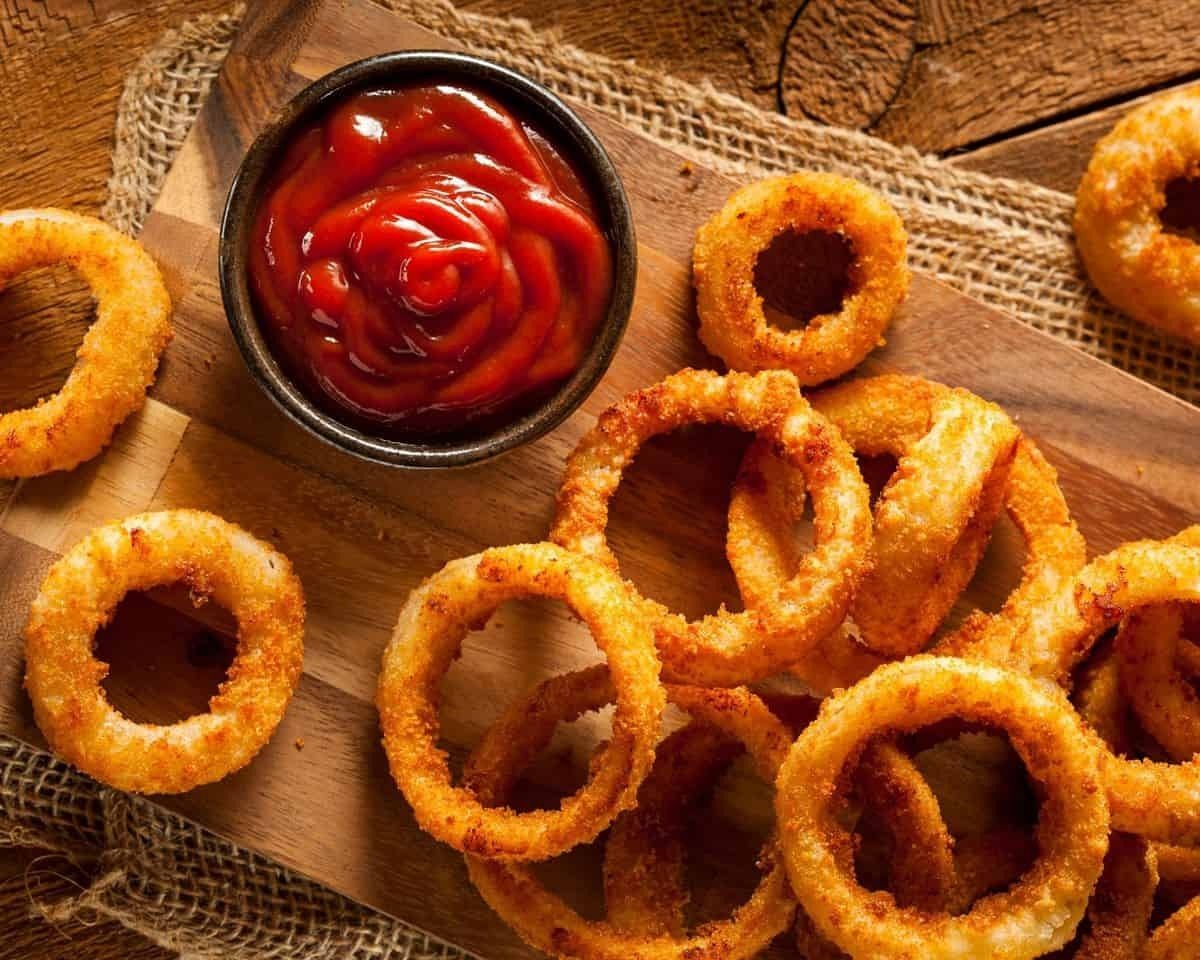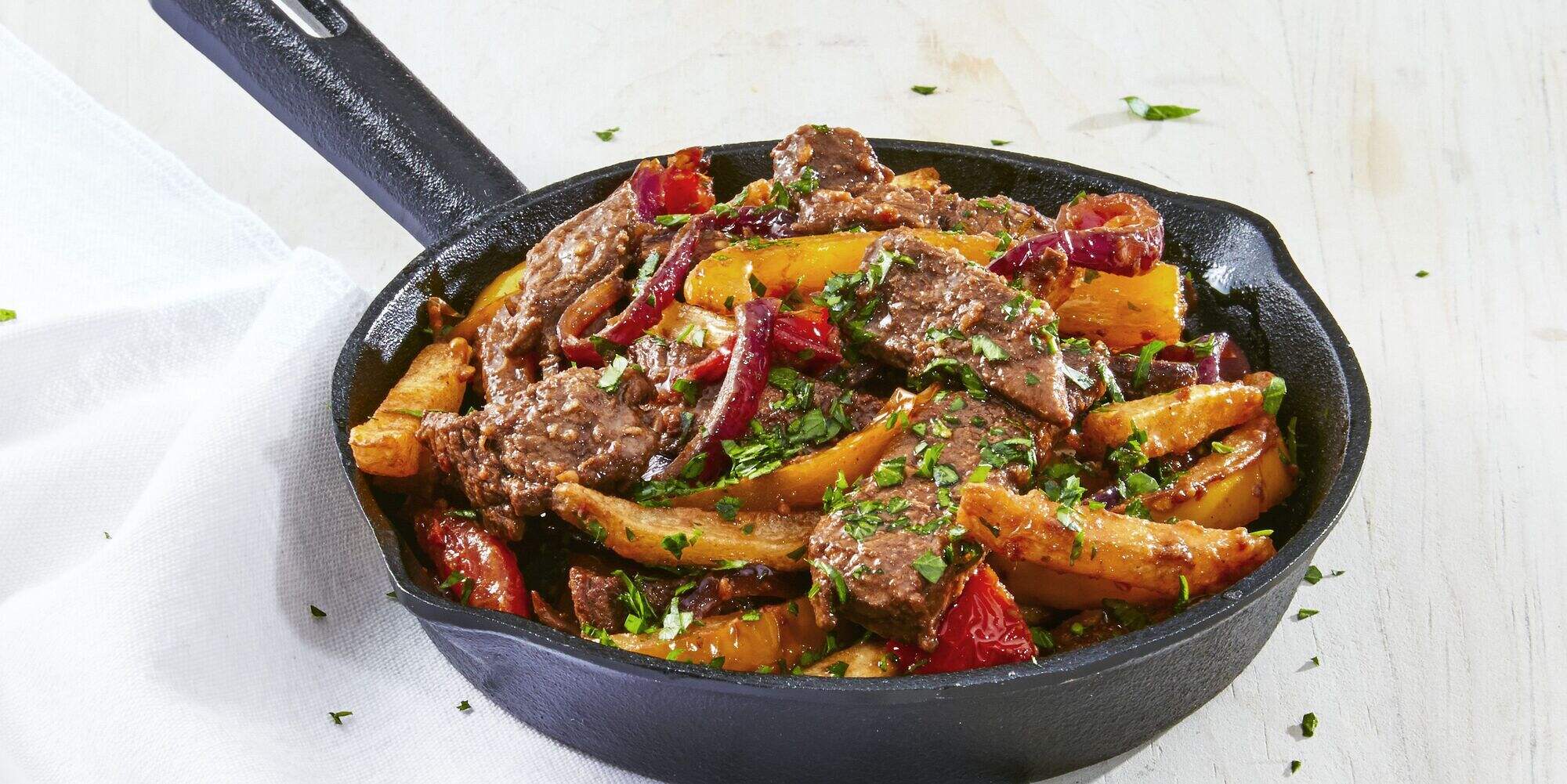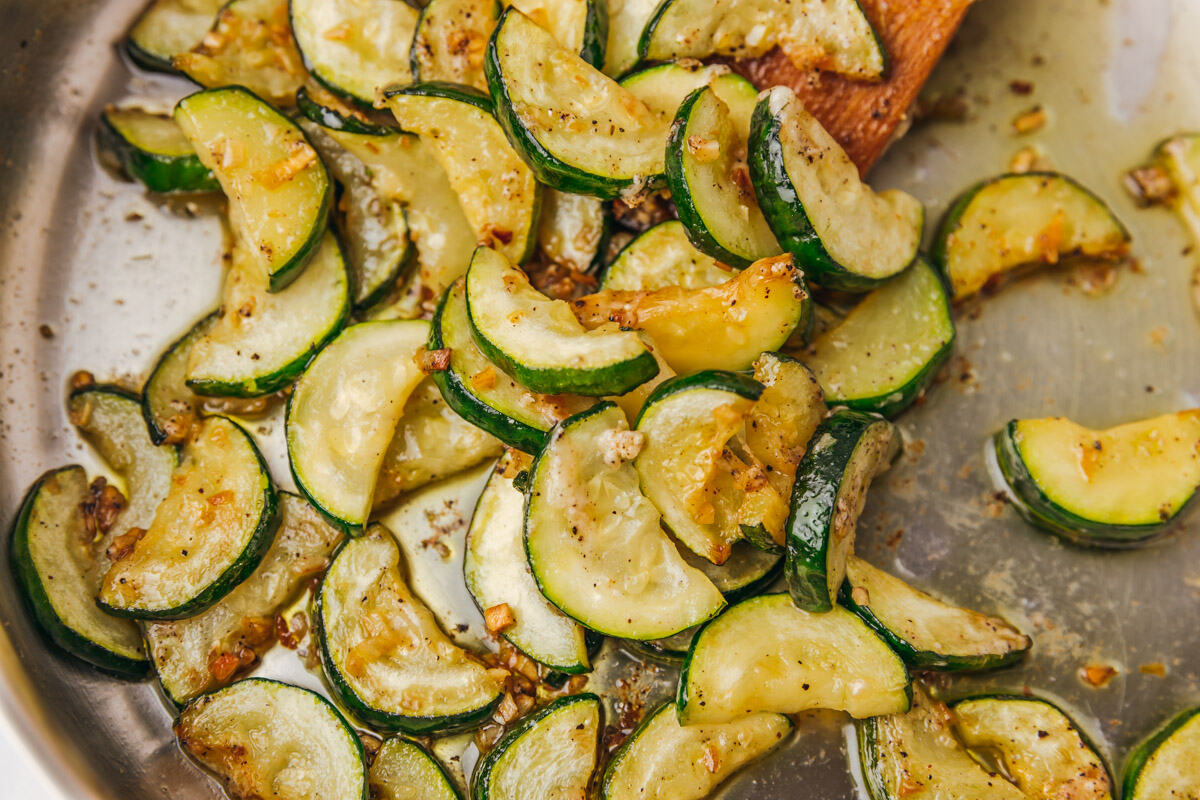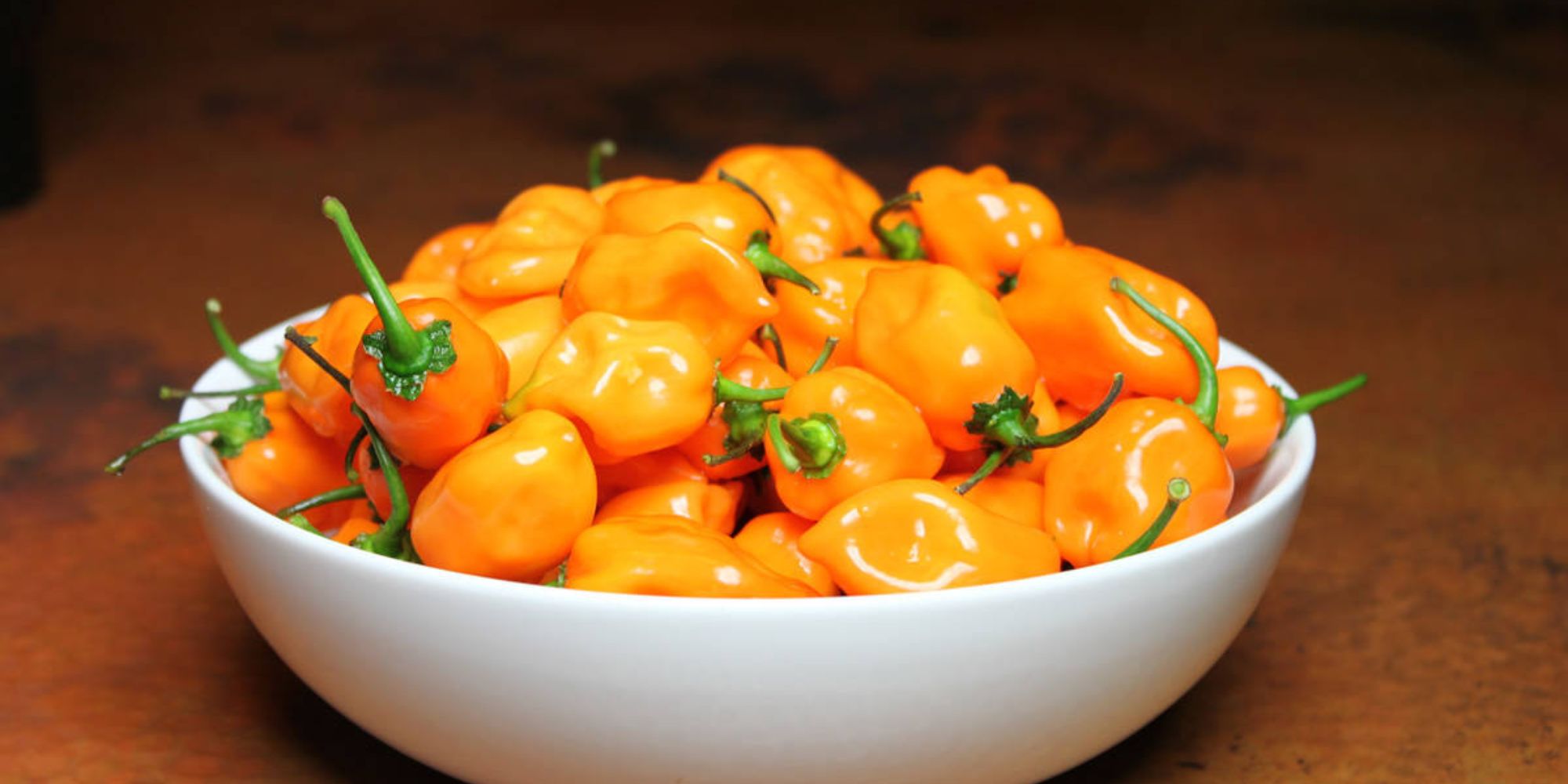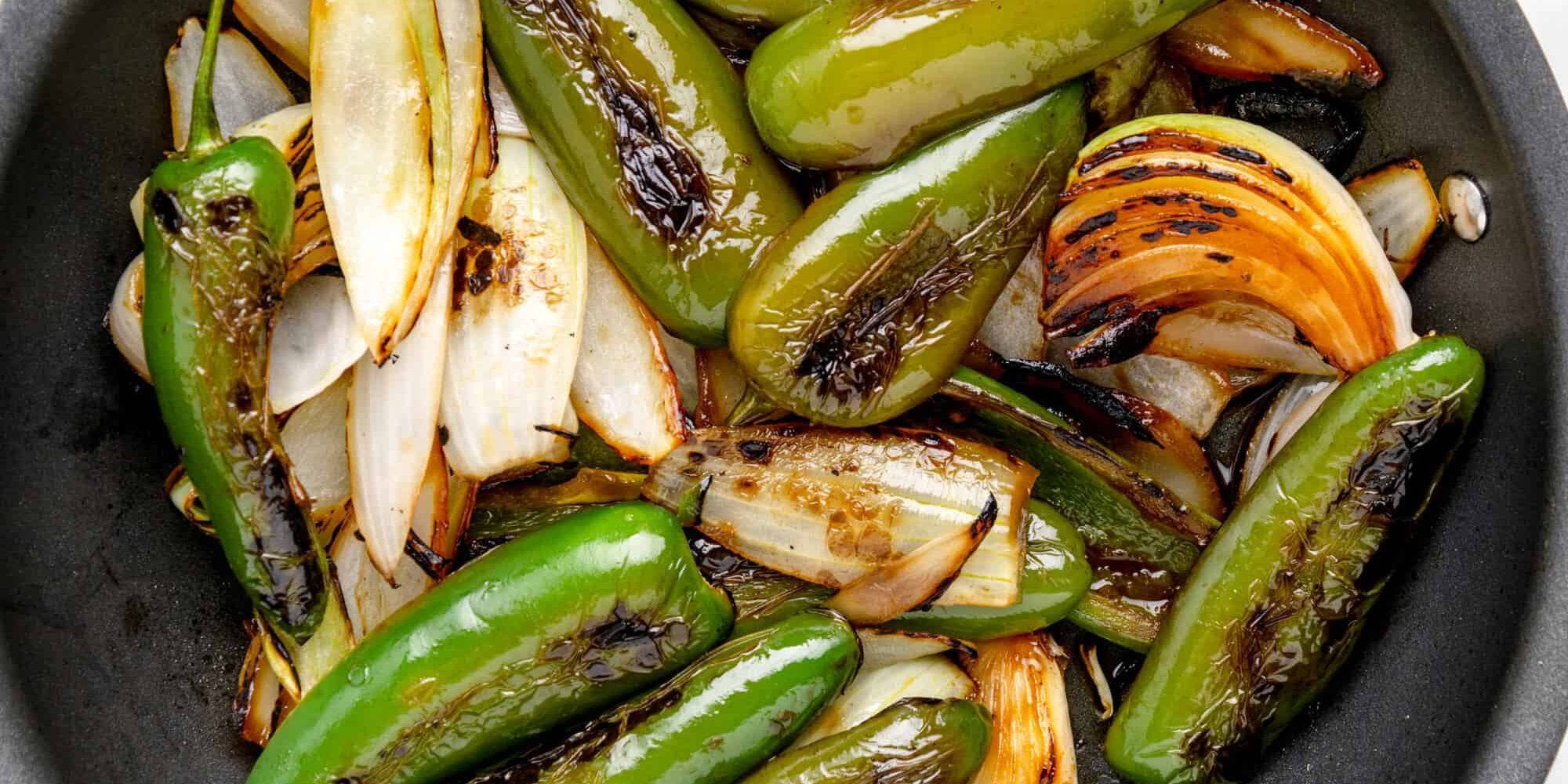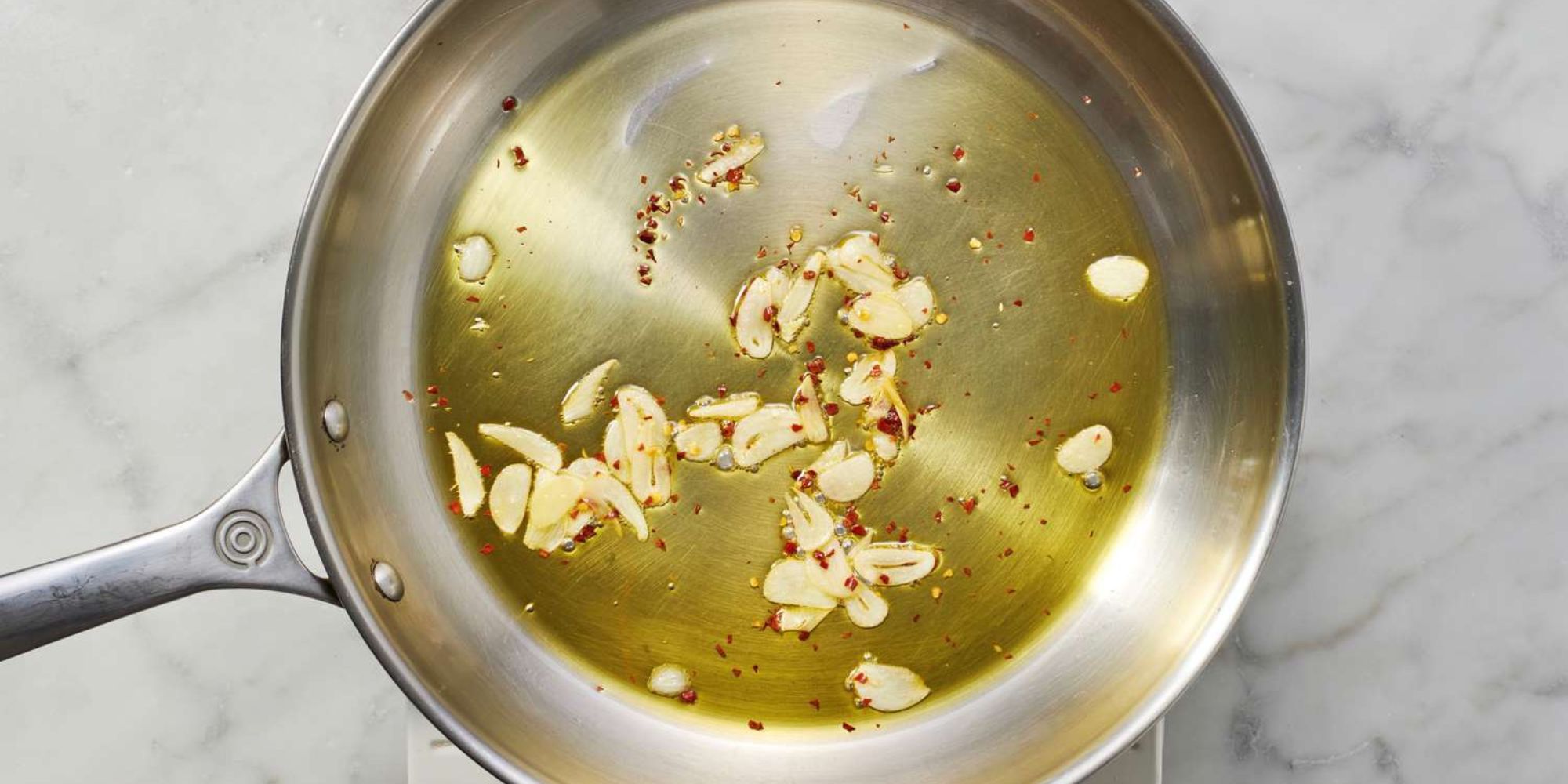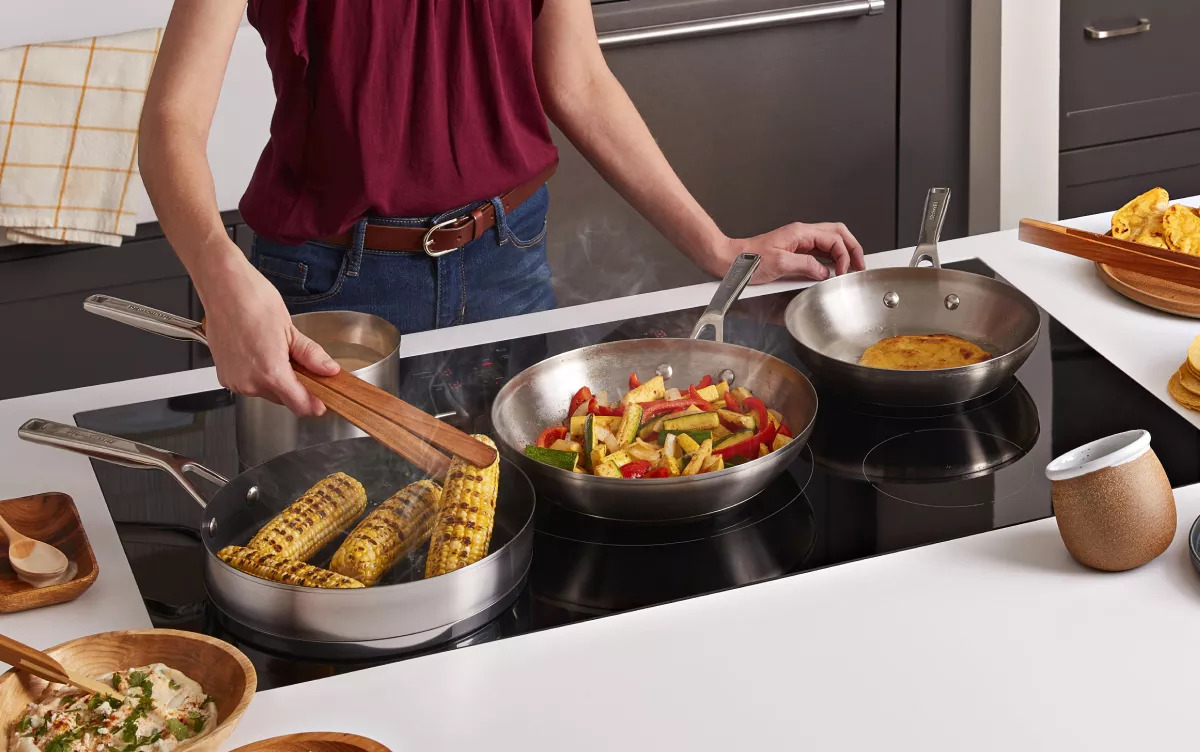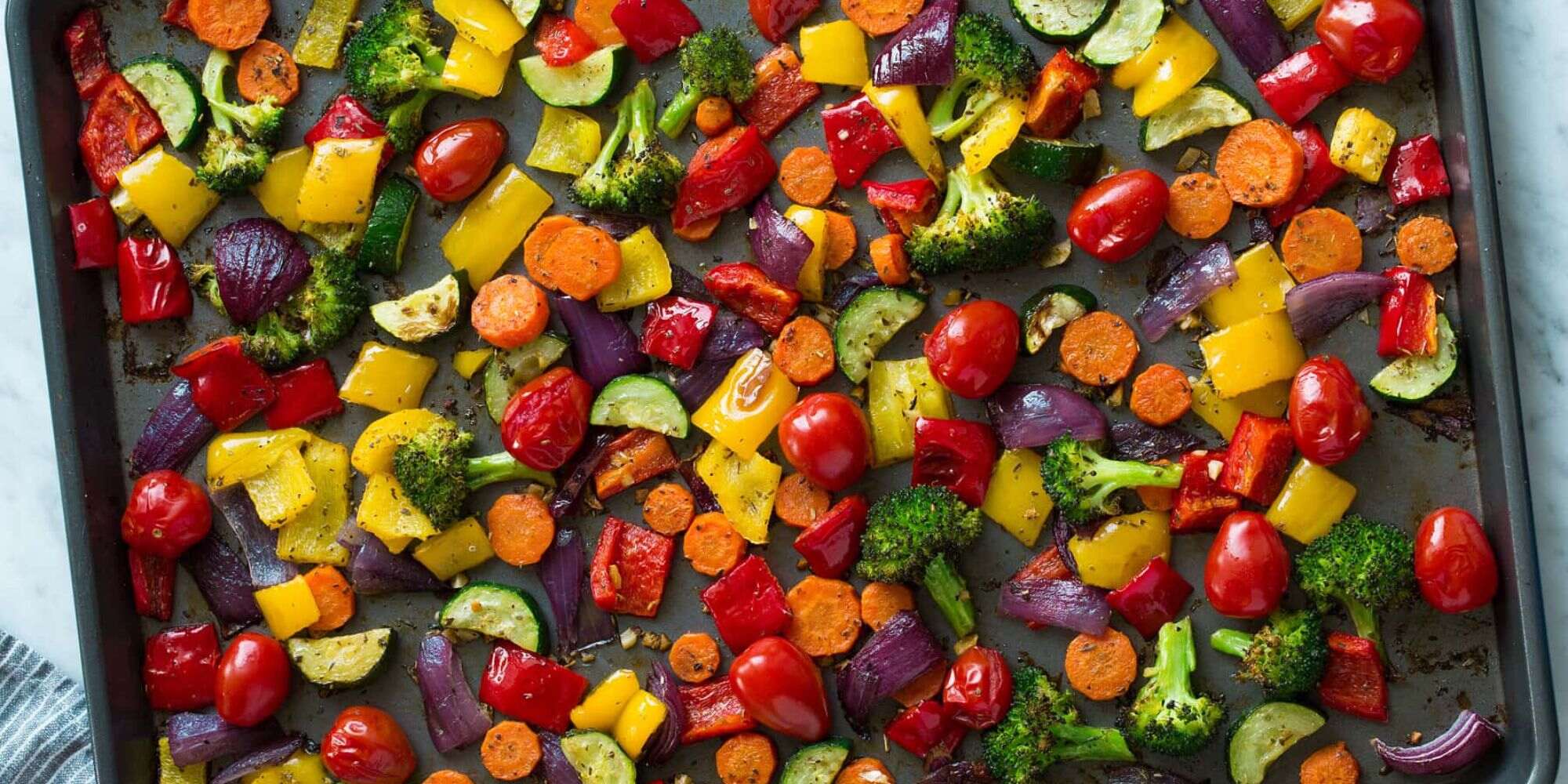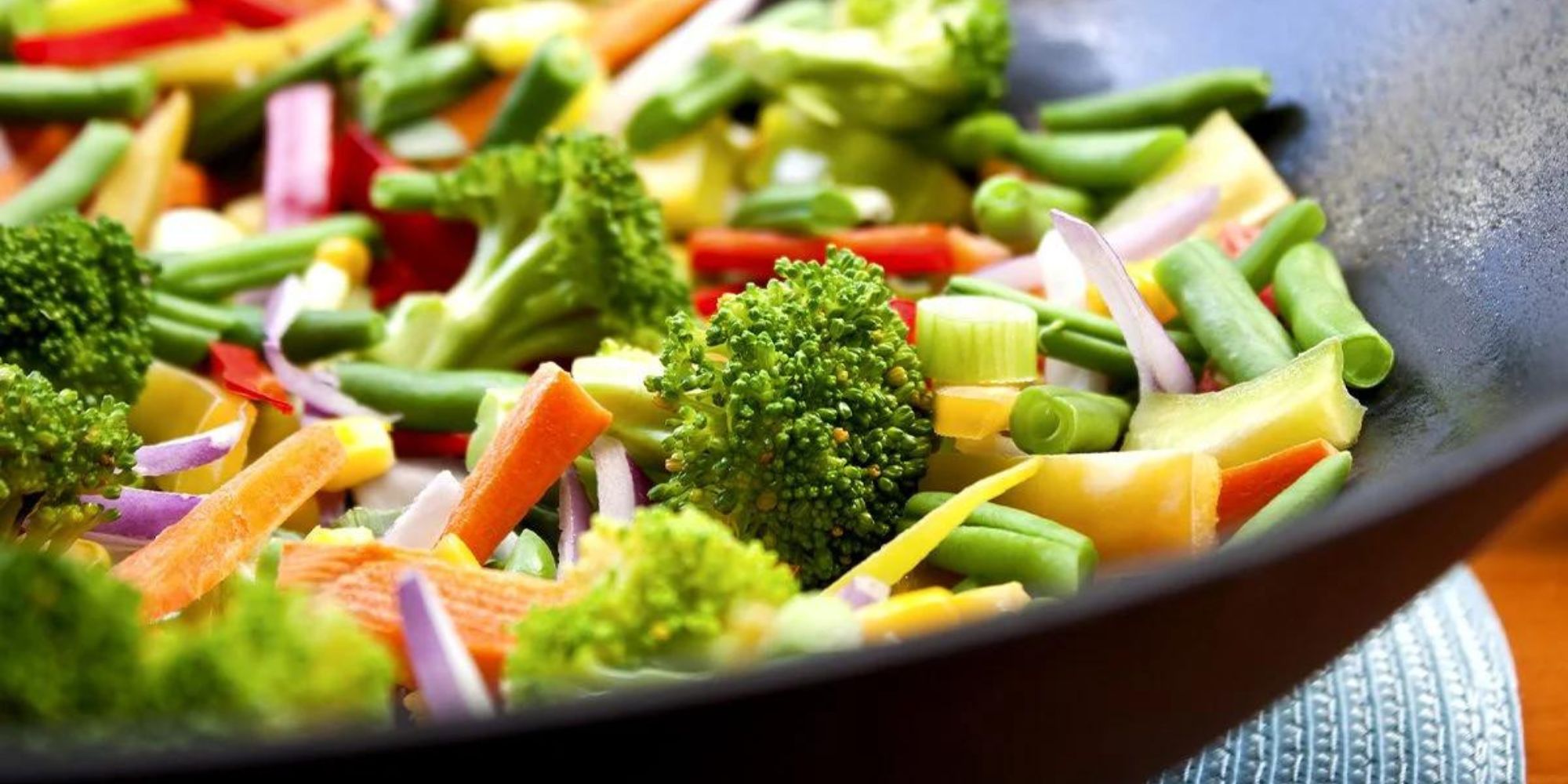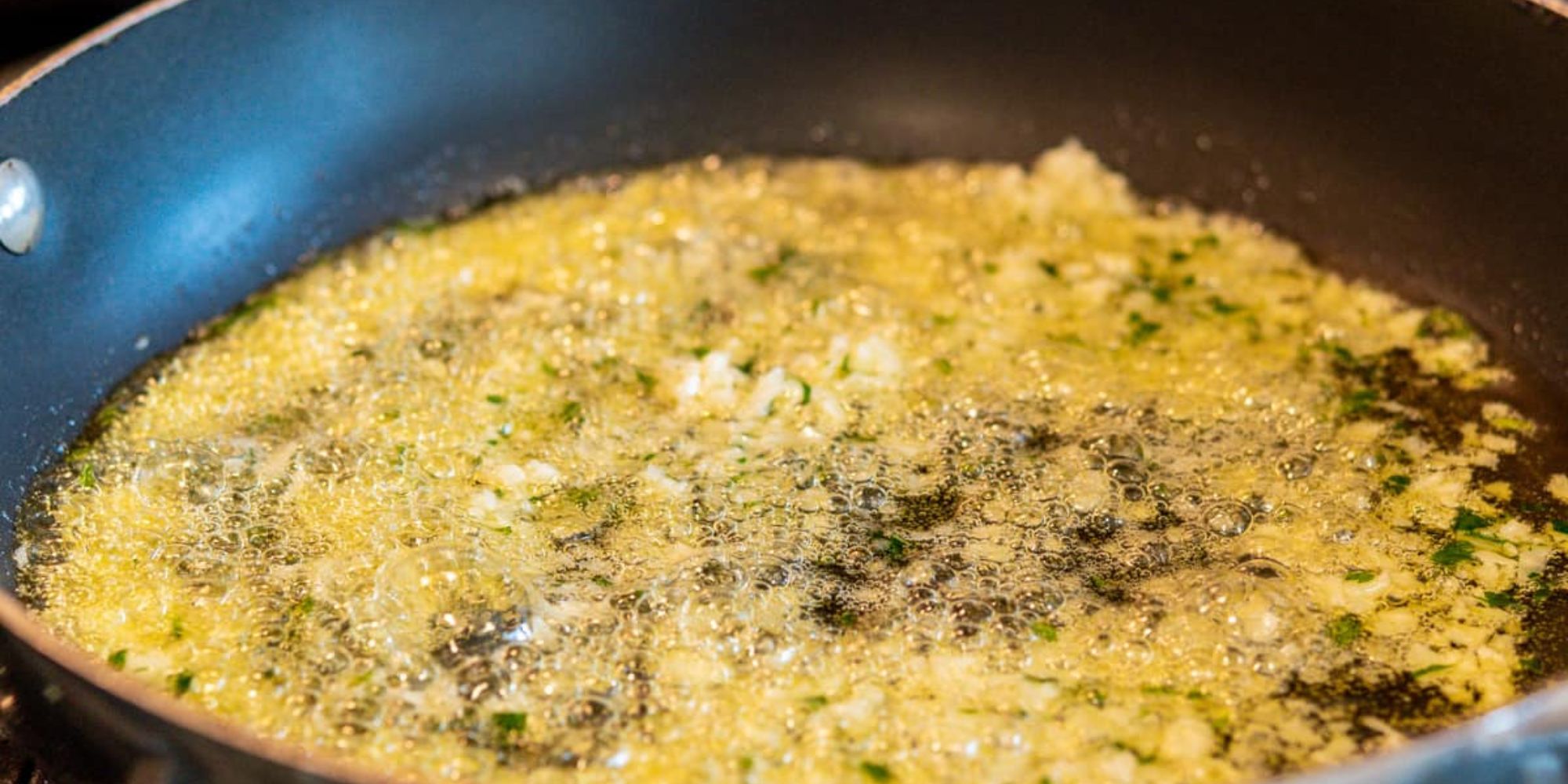Mastering the Art of Sauteing Shrimp
Shrimp is a versatile and delicious seafood that can be prepared in a variety of ways. One popular method of cooking shrimp is sautéing, which involves quickly cooking the shrimp in a hot pan with a small amount of oil or butter. When done correctly, sautéed shrimp is flavorful and tender, with a perfect texture that is not watery. Here are some tips for achieving perfectly sautéed shrimp every time.
Choose the Right Shrimp
When it comes to sautéing shrimp, starting with high-quality, fresh shrimp is essential. Look for shrimp that are firm, translucent, and have a mild ocean smell. Avoid shrimp that appear mushy or have a strong fishy odor, as these are signs that the shrimp may not be fresh.
Prepare the Shrimp Properly
Before sautéing the shrimp, it’s important to properly prepare them. Start by peeling and deveining the shrimp, if necessary. You can leave the tails on for added presentation, or remove them if you prefer. Pat the shrimp dry with a paper towel to remove any excess moisture, as this will help prevent the shrimp from becoming watery during cooking.
Use High Heat
When sautéing shrimp, it’s important to use high heat to quickly cook the shrimp and seal in the flavor. Heat a skillet or sauté pan over medium-high heat and add a small amount of oil or butter. Once the oil is hot, add the prepared shrimp to the pan in a single layer, making sure not to overcrowd the pan. Overcrowding the pan can cause the shrimp to release too much moisture, resulting in a watery texture.
Season the Shrimp
Season the shrimp with salt, pepper, and any other desired seasonings, such as garlic powder, paprika, or cayenne pepper. Toss the shrimp in the pan to ensure that they are evenly coated with the seasonings. Sauté the shrimp for 2-3 minutes, stirring occasionally, until they are pink and opaque.
Avoid Overcooking
One of the most common mistakes when sautéing shrimp is overcooking them, which can result in a rubbery texture. Keep a close eye on the shrimp as they cook, and remove them from the heat as soon as they turn pink and opaque. Overcooked shrimp are more likely to release excess moisture, leading to a watery final dish.
Let the Shrimp Rest
Once the shrimp are cooked to perfection, remove them from the heat and let them rest for a few minutes before serving. Allowing the shrimp to rest will help them retain their juices and flavor, resulting in tender, succulent shrimp that are not watery.
Conclusion
With the right techniques, sautéing shrimp can result in a delicious and satisfying dish that is not watery. By starting with high-quality shrimp, properly preparing them, using high heat, seasoning them well, avoiding overcooking, and allowing them to rest, you can achieve perfectly sautéed shrimp every time. Whether you enjoy them on their own, tossed in pasta, or as part of a seafood stir-fry, properly sautéed shrimp are sure to be a hit at the dinner table.
For anyone looking to master the art of sautéing shrimp without ending up with a watery result, there are several recipes that perfectly showcase this technique. Garlic Butter Sautéed Shrimp is a straightforward choice that highlights the importance of controlling moisture. Lemon Herb Sautéed Shrimp offers a refreshing twist, perfect for those who enjoy citrus flavors. For a hint of spice, Spicy Cajun Sautéed Shrimp is an excellent option, demonstrating how to keep the shrimp succulent while packing in the heat. Shrimp Scampi, with its garlic and white wine sauce, is a classic that benefits greatly from avoiding excess water. Lastly, Sautéed Shrimp with Lemon and Capers provides a zesty and tangy flavor profile, making it a must-try for those who love bold tastes. Each of these recipes emphasizes the techniques discussed in the guide, ensuring delicious and perfectly sautéed shrimp every time.
